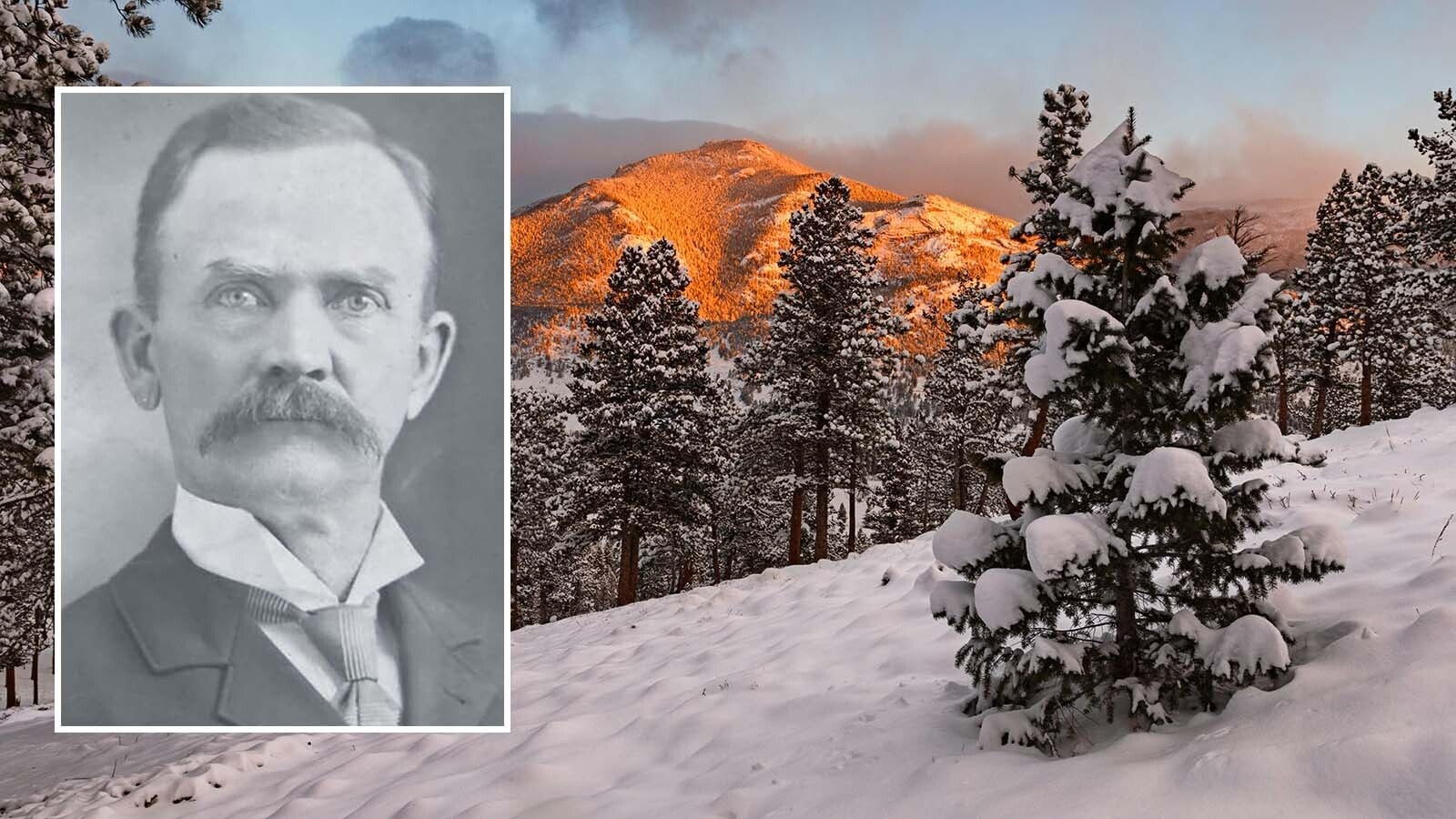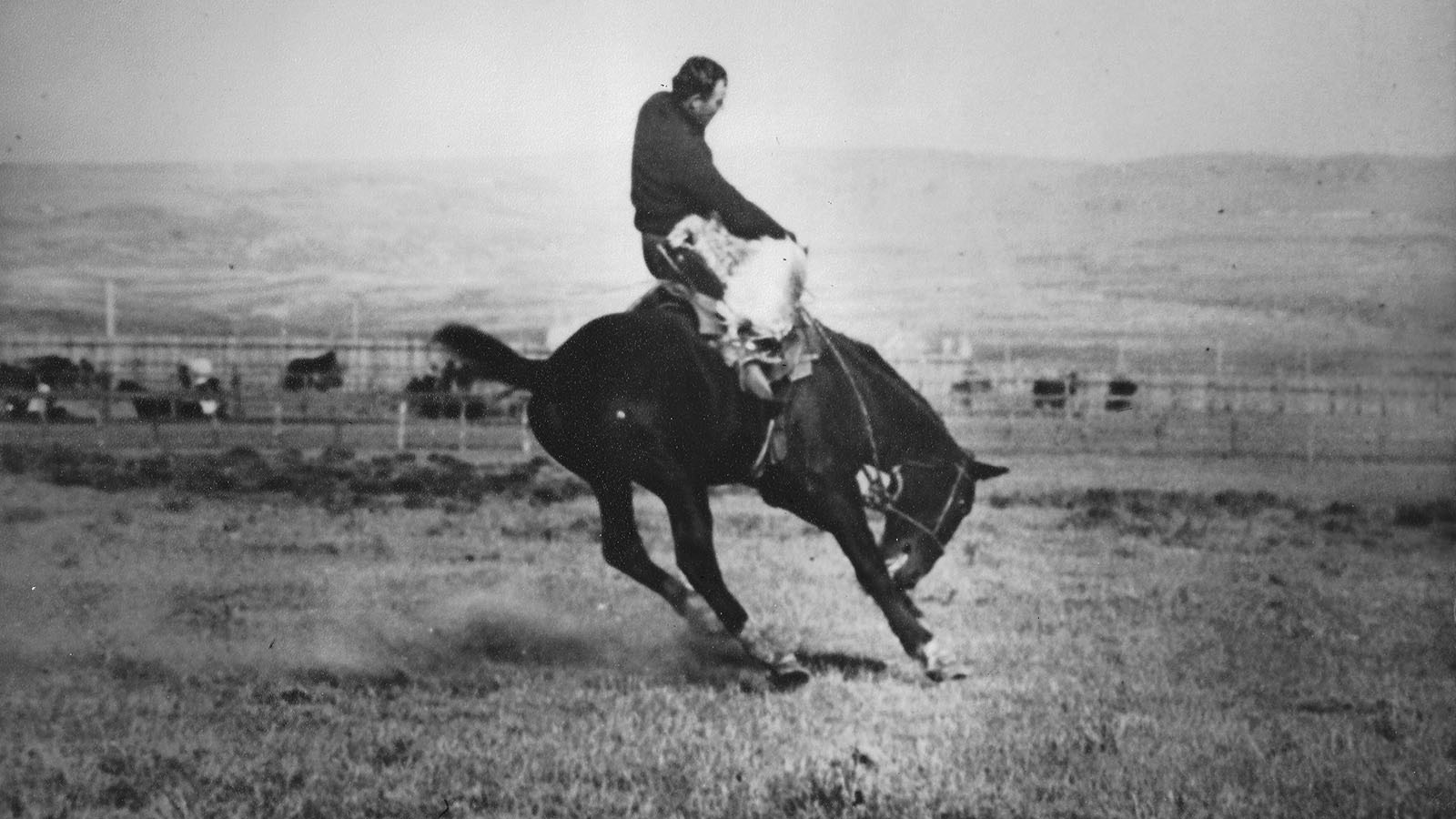When Texas declared its independence from Mexico in 1836, the new republic defined its western border as a line running along the channel of the Rio Grande to the river’s source, and from that point, due north for 300 miles.
The real estate thus contained within its borders included the entire eastern half of present-day New Mexico with the towns of Santa Fe and Taos.
Mirabeau B. Lamar, who succeeded Sam Houston as president of Texas in 1838, immediately set about to bring his nation into the modern age with improved roads and an expanded school system.
The republic, however, was suffering from difficult economic times, and within three years from the date Lamar took office, the public debt had swelled to more than $7 million.
Yet Texas officials continued to spend more than a million dollars a year, while the republic’s annual revenue was less than $500,000.
Lamar believed that his country’s financial woes could be improved if Texas established trade relations with the prosperous Santa Fe markets, which he believed lay within the republic’s boundaries.
Costly Cuban merchandise could be unloaded on the Texas Gulf coast, routed through Austin, then sent directly to Santa Fe, thus saving hundreds of miles off the traditional route from Missouri to New Mexico via the Santa Fe Trail.
According to Lamar’s thinking, Texas coffers would fill rapidly from providing the freighting facilities for all this rich trade.
Opening The Santa Fe Trade
In 1839 Lamar urged his congress to approve an expedition to Santa Fe to confirm his trade theory. The issue simmered until April 1841, when Lamar’s operatives in the Austin City Gazette placed the following announcement:
“Having been authorized to organize a military force for the purpose of opening commercial intercourse with the people of Santa Fe for which purpose troops are necessary to escort the merchandise through the Comanche wilderness: I therefore respectfully address myself to the young men of the country. All who arm, mount and equip themselves, will receive the pay of mounted gunmen….Ten large road-wagons will be furnished by the government to the merchants….[T]his expedition will furnish an ample field for adventure.”
On June 20, 1841, between three and four hundred men and boys, along with as many horses and a score of supply wagons, departed Austin on the first leg of what became known as the Texan–Santa Fe Expedition.
Their destination was Santa Fe, and before the trip was over, the group’s journey took them north to the Chihuahua Trail, then more or less westward across the parched Llano Estacado to San Miguel in the eastern part of present-day New Mexico.
They Packed Too Light
San Miguel was as far as most of the weary travelers made it. Due to lack of provisions, the expedition eventually divided into two groups in West Texas, and both elements suffered from weeks of grueling travel that extinguished even the brightest fires of enthusiasm.
Tired of the hunger, thirst, and threat of Indian attack, components of both parties straggled into San Miguel during the autumn days of 1841, only to be arrested by waiting Mexican soldiers under the command of Manuel Armijo, the governor of New Mexico.
The surviving members of the Texan–Santa Fe Expedition were marched under armed guard all the way to Mexico City. George Wilkins Kendall, a newspaperman who had participated in the expedition and was one of the captives, wrote in his book Narrative of the Texan Santa Fe Expedition that the long journey was made in extremely cold weather and its hapless victims were guarded by a particularly distasteful soldier by the name of Salezar.
Months of imprisonment in Mexico City was finally ended with the release of most of the prisoners during April 1842.
Lamar’s grand scheme to tap the markets of New Mexico and reap huge profits from the trade between Cuba and Santa Fe by placing Texans in a “middleman” position failed miserably.
Rather, the ill-planned Texan–Santa Fe Expedition, instead of strengthening the claim of Texas that the Rio Grande was its western border, resulted in the deaths and incarceration of many of its participants.
James A. Crutchfield can be reached at TNcrutch@aol.com





